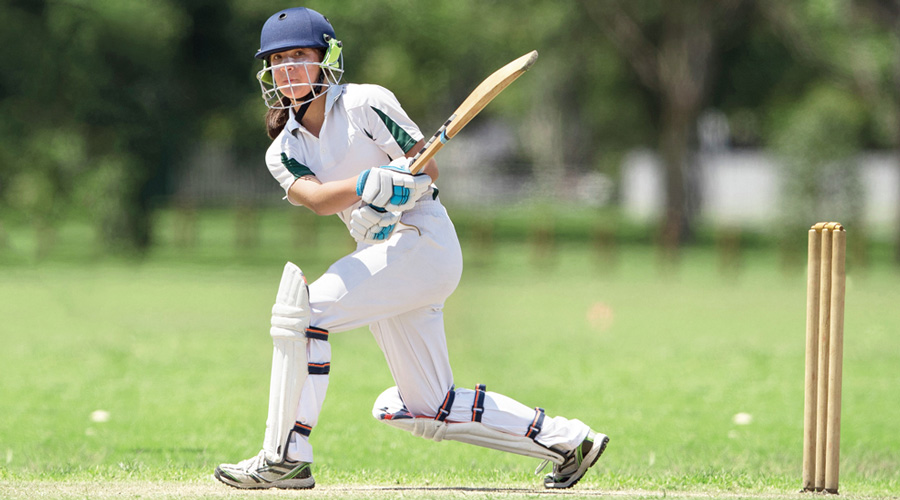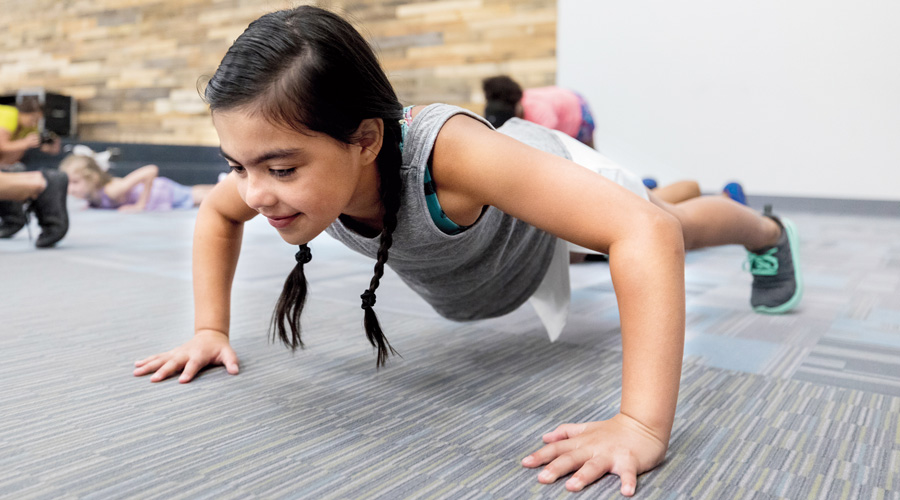I successfully defended my PhD in New Zealand last month. My PhD was a novel study and one of the first to investigate the biomechanics of sprinting and the effects of strength and plyometric training on sprinting performance in young female athletes across maturation. It was the most challenging yet most rewarding last three years of my life. The thesis was examined by two of the world’s top sports scientists (one of them is a foremost expert in youth athlete development) and I couldn’t be happier with the outcome I have received. This article is a summary of some of the key findings of my research as I believe parents, teachers and coaches who are associated with young females will find it useful.

Kaushik Talukdar
Background and significance
Sprinting is a fundamental movement skill and is important in most sports, such as football, hockey, cricket, tennis, athletics and so on. The ability to move fast can significantly impact the outcome of a game. In team sports the ability to accelerate over short distances <40 meters is key. However, there is limited research with regards to kinetics (forces associated) and kinematics (motions associated) in youth, particularly young females. Moreover, there is a paucity of research with regards to the influence of strength and plyometric training on sprinting performance in young females.

Sprinting is a fundamental movement skill and is important in most sports, such as football, hockey, cricket, tennis, athletics and so on. Getty Images
Boys and girls show a similar trend in physical ability during the first decade of their lives. But things change during puberty, due to growth, maturation and hormonal interferences. Girls tend to mature earlier and reach peak height velocity (highest growth in stature) around 12 years of age compared to 14 in boys. During the time of puberty, the bones tend to grow faster than muscles, the power-to-weight ratio, particularly in girls, tend to change negatively with more fat mass due to estrogen (sex hormone), making fundamental movements skills such as sprinting more challenging. This makes it harder for girls to participate in sports and physical activities compared to boys. Therefore, understanding sprinting kinetics and kinematics across maturation and the effects of strength and plyometric training on sprinting performance is important for overall health and athleticism in this cohort.
A few findings
My research had five key components: First, it looked at the existing literature in kinetics and kinematics of sprinting in young females and the effects of strength and plyometric training on sprinting in youth, particularly young females. It was found that there was very limited research on young females. More specifically no study looked at the kinetics and kinematics across maturation and compared strength versus plyometric training on sprinting speed in young female athletes. Second, it established the reliability of sprinting speed using a radar gun that provided sprinting kinetics using software such as force, velocity, power max (force*velocity), and split times zero to 30 meters in young females.

Girls tend to mature earlier and reach peak height velocity (highest growth in stature) around 12 years of age compared to 14 in boys. Getty Images
Third, it investigated sprinting kinetics and kinematics in mid- (during puberty) and post-PHV female athletes and found that post-PHV girls had higher force, max power and velocity (kinetics) and step length (kinematics). Furthermore, incorporating a univariate regression modelling, it was found that contact time (ground contact time during sprinting), max power, step length (length of each step taken during sprinting), step frequency (how frequently a step is taken throughout the sprint) predicted maximal velocity over 15 and 30 meters across maturation with contact being the best predictor of maximal velocity in this cohort.

Strength training positively influenced the first 10 metres (overcoming greater inertia at the start of the sprint) and horizontal force whereas plyometric training positively influenced maximal velocity and power max. Getty Images
Fourth, it investigated the effects of strength versus plyometric training on sprinting speed in post-PHV female athletes in a seven-week partially randomised controlled trial. It was reported that both horizontal and vertical plyometric training were useful in improving sprinting kinetics. Strength training positively influenced the first 10 metres (overcoming greater inertia at the start of the sprint) and horizontal force whereas plyometric training positively influenced maximal velocity and power max.
Finally, my thesis investigated the effects of horizontal versus vertical plyometric training on sprinting kinetics in post-PHV females in another seven-week partially randomised controlled trial. It was reported that both horizontal and plyometric training were useful in improving sprinting kinetics in this cohort. However, horizontal training was more effective than vertical training in improving sprinting kinetics. Both the intervention studies also included semi-structured movement exploration/purposeful play as part of the warm-up to create a fun environment.
Key takeaways
⚫ There is a significant difference in sprinting kinetics and kinematics across maturation in young female athletes
⚫ Ground contact time in sprinting is the best predictor of maximal velocity in mid- and post-PHV female athletes. Therefore, reducing ground contact time with progressive training can be useful in improving speed performance in young female athletes
⚫ Both strength and plyometric training should be incorporated to improve sprinting performance with a greater emphasis on horizontal plyometric training. However, care should be taken in gradually progressing, based on individual competency and training age.
⚫ Semi-structured movement exploration and purposeful play should be incorporated within a structured strength and plyometric training session as repeated structured strength and plyometric training can be monotonous and young female athletes may not enjoy it in the long term.

